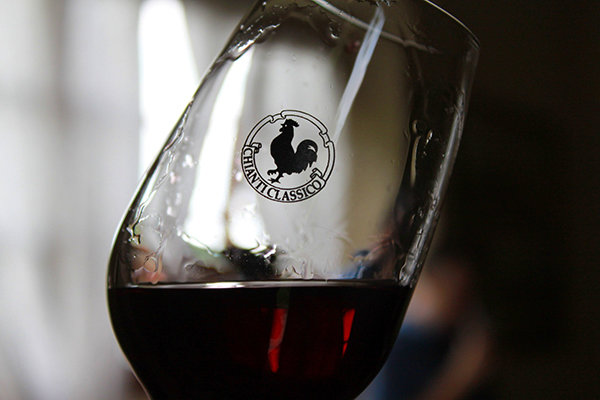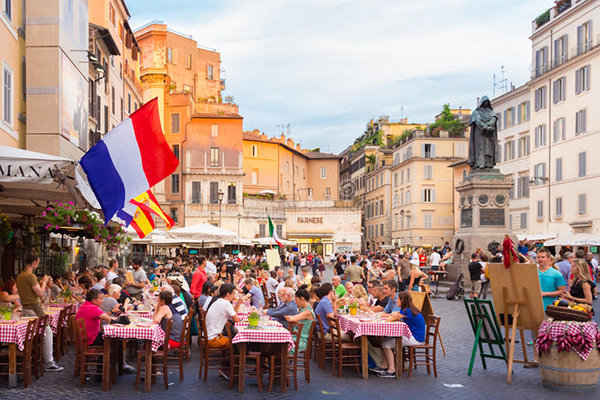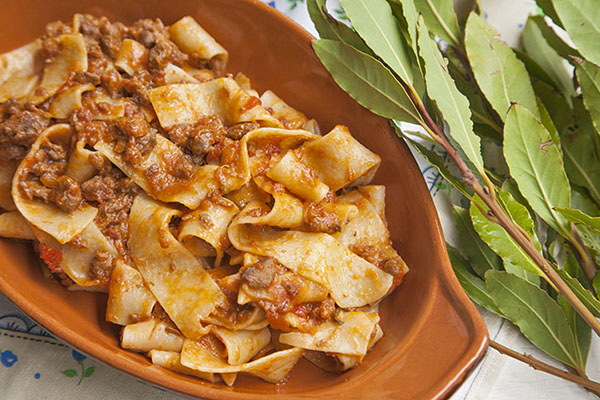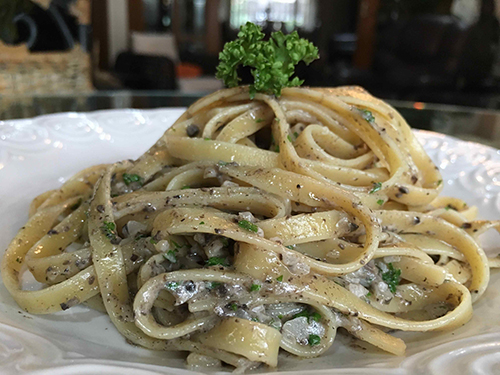Paris, the City of Lights



Paris, the City of Lights
When we were planning where to launch our new experience, we spent a lot of time thinking about what our guests asked for over the last few years and how we could do it differently than other touristy experiences.
Paris was an easy choice. It has to be one of the most beautiful cities in the world if not the most beautiful. I lived in Paris for many years and each day, walking past the Eiffel Tower on my way to class or back home, I thought how lucky am I to have this beautiful view in this beautiful place? Paris is not only the Eiffel Tower, though. There’s the magnificent Opera, the Arc de Triumph, Trocadero, the Pantheon, the Latin quarter, Notre Dame, Sacre Coeur, and Montmartre to name a few. The city is full of rich, historic sites and full of life!
Living like a local in Paris is a way of seeing the city differently. Of course, there are sites which have to be seen (and yes, there are tourists) but staying in the right arrondissement at a hotel that makes you feel at home, eating at the restaurants where the locals eat, eating authentic French food and drinking delicious French wine all add to living like a local.
One could write about Paris forever. We will endeavor to blog about Paris over the next few months so we can continue to share with you how the locals live so check our blog often for updates.
In addition to all there is to see and do in Paris, even outside of Paris there are important experiences to have. The Palace of Versailles is one of a kind from the magnificent Palace itself to the perfectly manicured gardens to the Trianon, each of these takes you back to a time of royalty and helps you imagine what it would have been like to live during those times. Marie Antoinette’s most famous line, “Let them eat cake!” may have cost her head but there was much more to the French Revolution. You get a feel for this while at the Palace—looking at the balcony from which she made the disastrous statement.
Reims, France, better known as Champagne, France is its own story. It’s a charming little town with a historic and not to be missed Cathedral. The Cathedral is in the town square and the Champagne houses are not far away! There are many to choose from including the famous ones, La Veuve Clicquot, and Taittinger to name a few. Visits to the caves with thousands and thousands of champagne bottles only add to the thirst and usually, there’s a delicious tasting after your visit.
Paris, the City of Lights, the Palace of Versailles and Reims are not to be missed. Live like a local in Paris with Champagne so you can enjoy it to the fullest and get the most out of your experience with your hosts, Natalie and John, at A Toast to Travel!

























